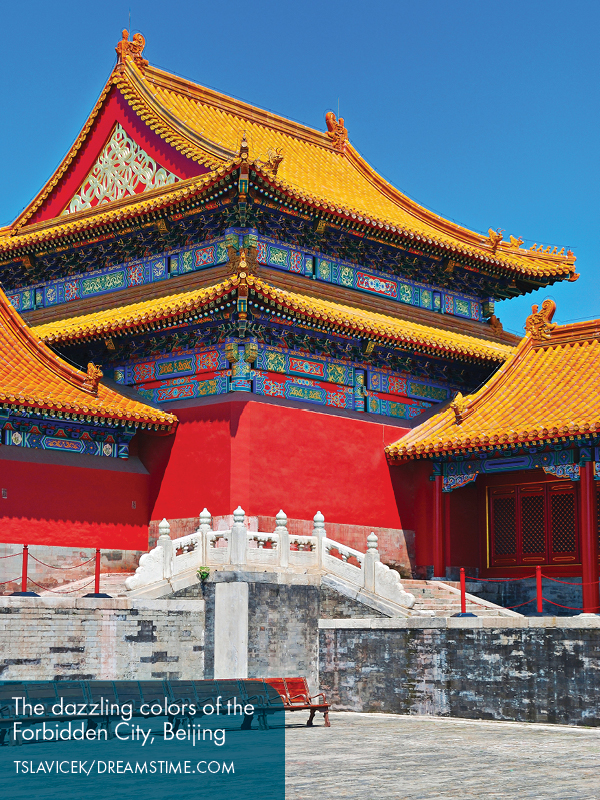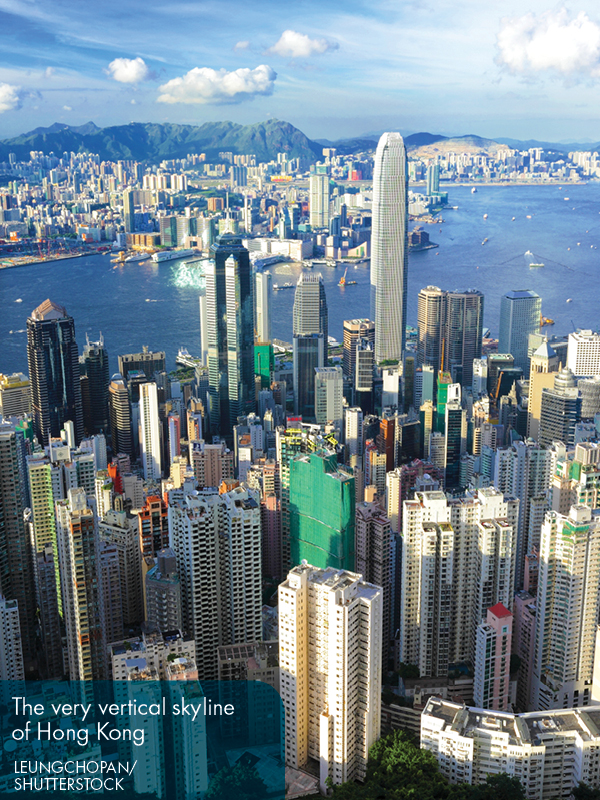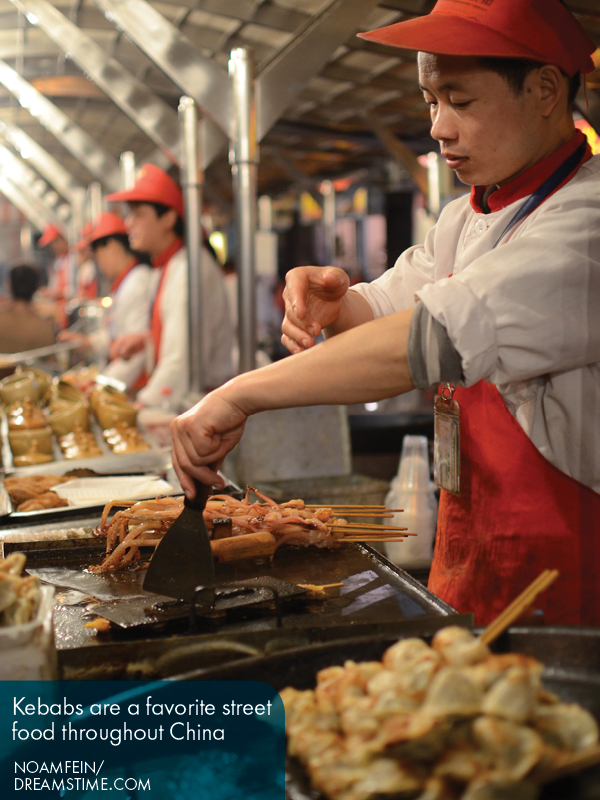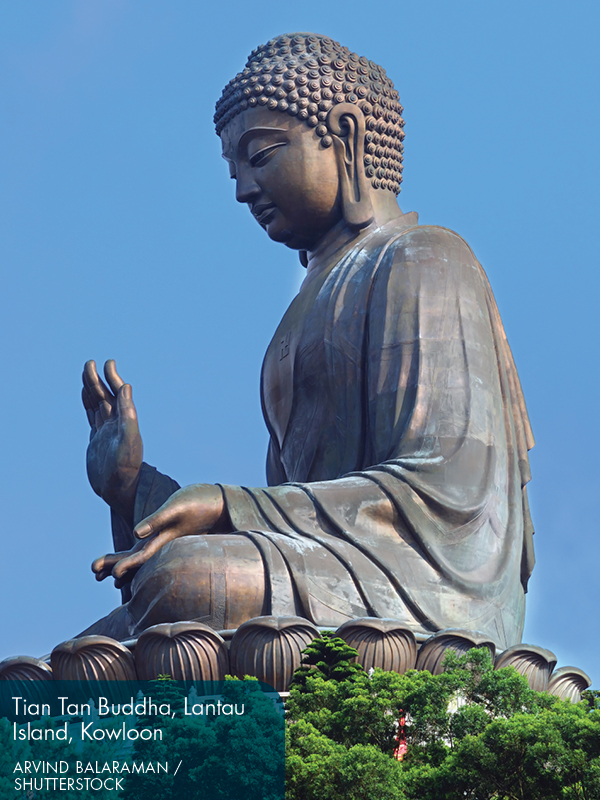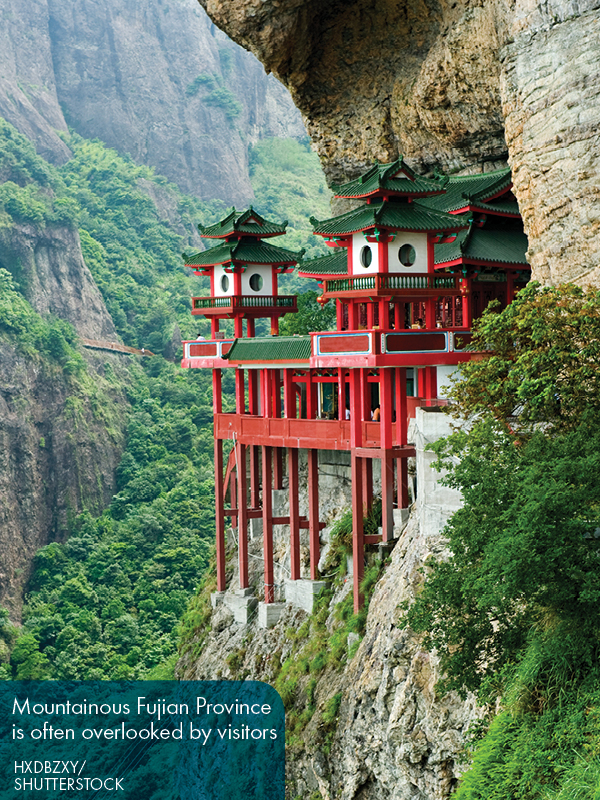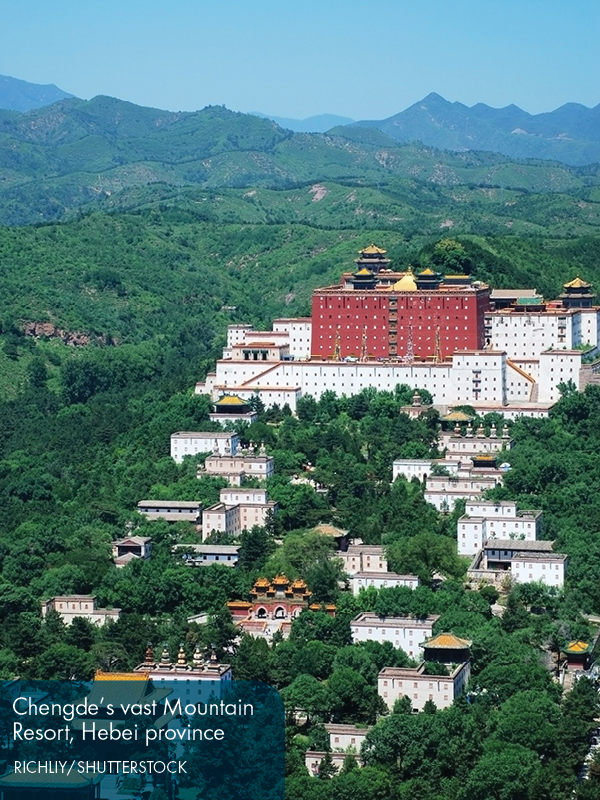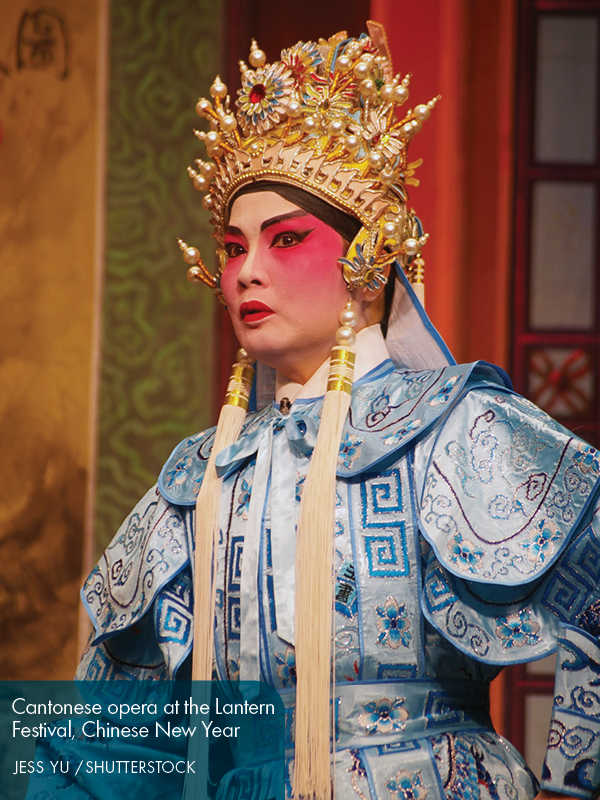
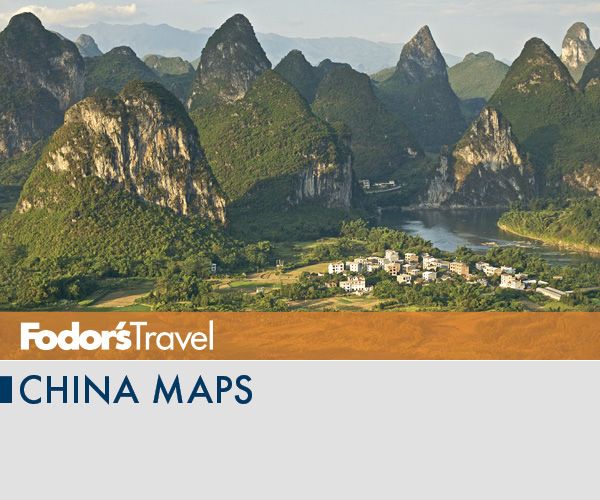
Beijing
Beijing to Shanghai
Shanghai
Eastern China
Hong Kong
Pearl River Delta
The Southwest
Sichuan and Chongqing
The Silk Road
Tibet
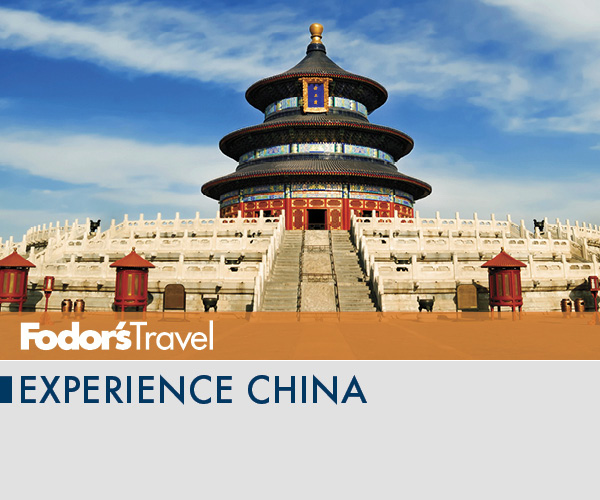

Beijing. Beijing is in massive flux, and the construction never stops. Feel the ancient pulse beneath the current clamor.
Beijing to Shanghai: Hebei, Shandong, Anhui, Jiangsu. Discover a cultural and natural treasure troveHuang Shan peaks are islands in a sea of clouds, and canal-laced Suzhou is the Venice of the Orient.
Shanghai. In the 1920s Shanghai was known as the Whore of the Orient, but we like to think of her as a classy lady who knows how to have a good time. The party stopped for a few decades after the revolution, but now Shanghai is back in swing.
East Coast: Zhejiang, Fujian. Fujians Xiamen is an undiscovered pearl, with all the history, culture, and infrastructure of more popular tourist magnets. Zhejiangs Hangzhou is known for scenic West Lake, immortalized in Chinese poetry.
Hong Kong. A city of contrastseast and west, old and new, work hard and play harder. Long nights of barhopping are offset by tai chi sessions at dawn.
Pearl River Delta: Guangzhou and Shenzhen. The word engine is used metaphorically to describe the Pearl River Delta region, but the vibrations are still palpable here in Chinas industrial hub.
Southwest: Guangxi, Guizhou, Yunnan. The mountains are high and the emperor is far away. If youre looking to take a walk on the wild tribal side, then any or all of these three regions should be high on your to-visit list.
Sichuan, Chongqing. Chinas latest industrial revolution is happening in faraway Sichuan and Chongqing, where the nearby Three Gorges Dam (in Hubei), while hotly debated, remains a stunning sight.
The Silk Road: Shaanxi, Gansu, Qinghai, Xinjiang. Distant and mysterious, this was ancient Chinas lifeline to the outside world. Visit the countrys last remaining walled citiesXian is fascinating for its cultural and its historical importance.
Tibet. The roof of the world is not the most accessible place, but thats changing thanks to the train line connecting Lhasa to major cities throughout China.

Art for Arts Sake
China may be careening through the 21st century at breakneck speed, but the Chinese are immensely proud of their artistic heritage and traditional folk arts have not been forgotten. Every region of China is rich in local arts and craft traditions. In the north, delicate designs are painstakingly cut from rice paper and hung from windows and doors during festivals and weddings. In the east, Suzhou is as famous for its elegant silk embroidery as it is for its gardens, and nearby Huang Shan is a wonderful place to discover bamboo weaving. Yunnan is known for its painted clay figurines, Chengdu for its sweet sugar paintings, Fujian for its colorful hand puppets. Everywhere you go youll see fluttering overhead one of Chinas oldest pastimes: kite flying, dating all the way back to 475 BC.
Be Moved
Getting there is often half the fun, and in China there are limitless ways to travel from point A to point B. China already has the worlds longest high-speed rail network, and has plans to add many new lines in the coming years. But theres more than just trains. Sightseeing in Chongqing? Cross the Yangtze or Jialing rivers in an old-school cable car. Horses are the best way to get around in the beautiful countryside surrounding Songpan in Sichuan. If youre flying into Shanghais Pudong Airport, take the superslick maglev train into town at speeds of more than 260 miles per hour. Chinas crown jewels of passenger transport belong to Hong Kong, where its normal to get around by light rail, bus, taxi, trolley, boatit even has the longest covered outdoor escalator system in the world.
China Beyond the Han
The Han are far and away the dominant ethnic group in China, but there is surprising ethnic diversity, from the Muslim Uighurs in Xinjiang to the Dai and Hani of Xishuangbanna. Officially there are 56 ethnic groups, including the nomadic Mongols, that make up the great Chinese nation. Though small in number relative to the Han, the minorities have historically been a force to be reckoned with. Rulers of the last dynasty (the Qing) were Manchus. Though Chinese history is rife with examples of intertribal war and Han incursion into non-Han territory (Tibet being the latest and most famous example), the revolution, in theory, leveled the playing field. Traveling through areas less dominated by the Han Chinese offers views of the country far different from the usual Beijing-ShanghaiThree Gorges tour.
All the Tea in China
For a vast majority of the Chinese people, the day begins and ends with tea. Whether its being savored in a delicate ceremonial porcelain cup or slurped out of a glass mason jar, you can bet that the imbiber takes tea consumption seriously. Ask a Chinese person about the best tea and the answer will very likely depend on where theyre from. The highly prized Puer tea has a dark color and heavy, almost earthy flavor. It gets its name from the region of southern Yunnan Province where its grown. Fujian produces the best oolong teas, thanks to the high mountains and favorable climate. Oolong is usually served with much ceremony. Perhaps the most expensive tea in China is a variant of green tea from the Longjing (Dragon Well) region of Hangzhou. Longjing tea is served in clear glasses, so one can watch the delicate dance of the long, thin leaves as they float to the top.
Next page








